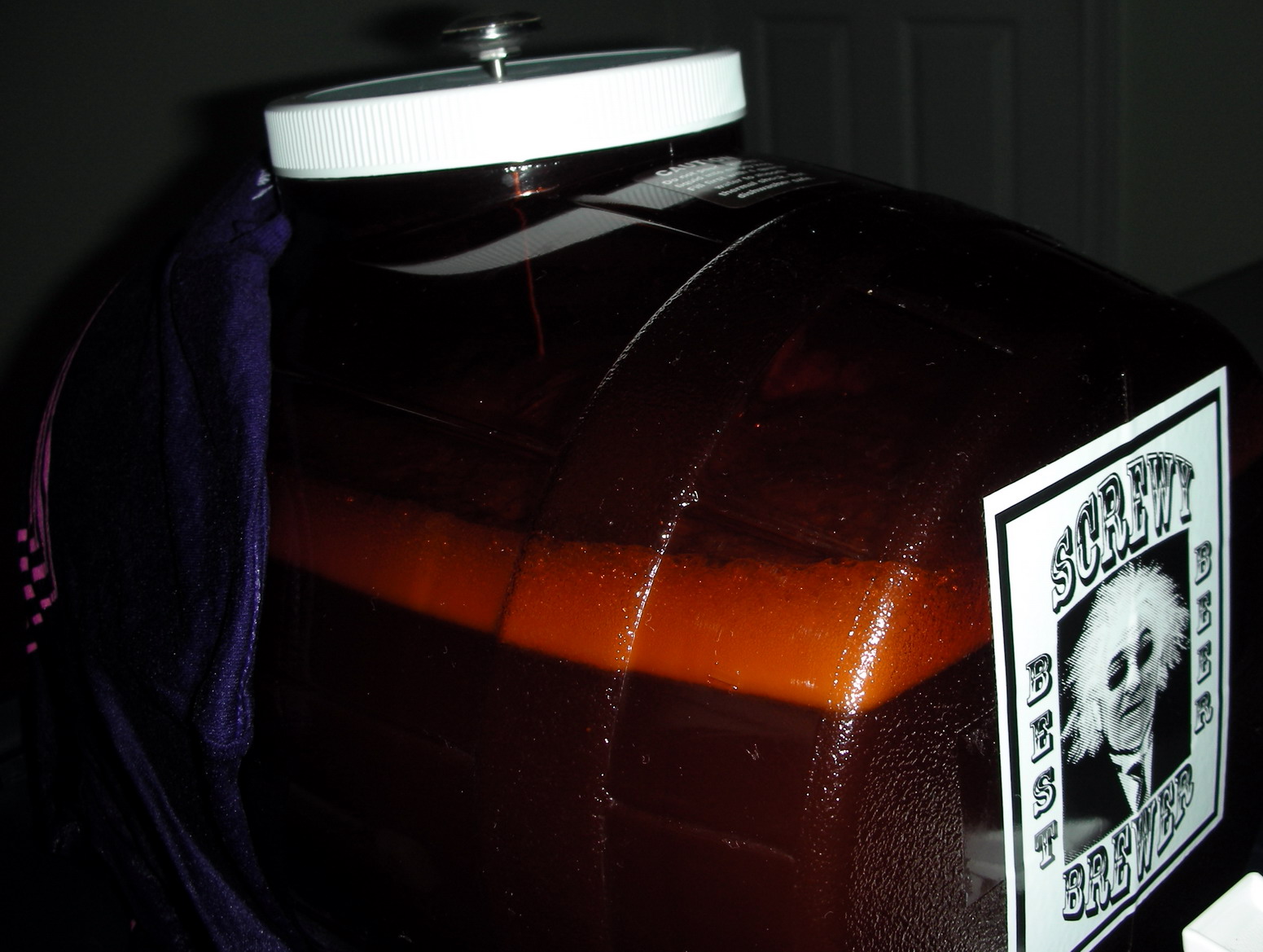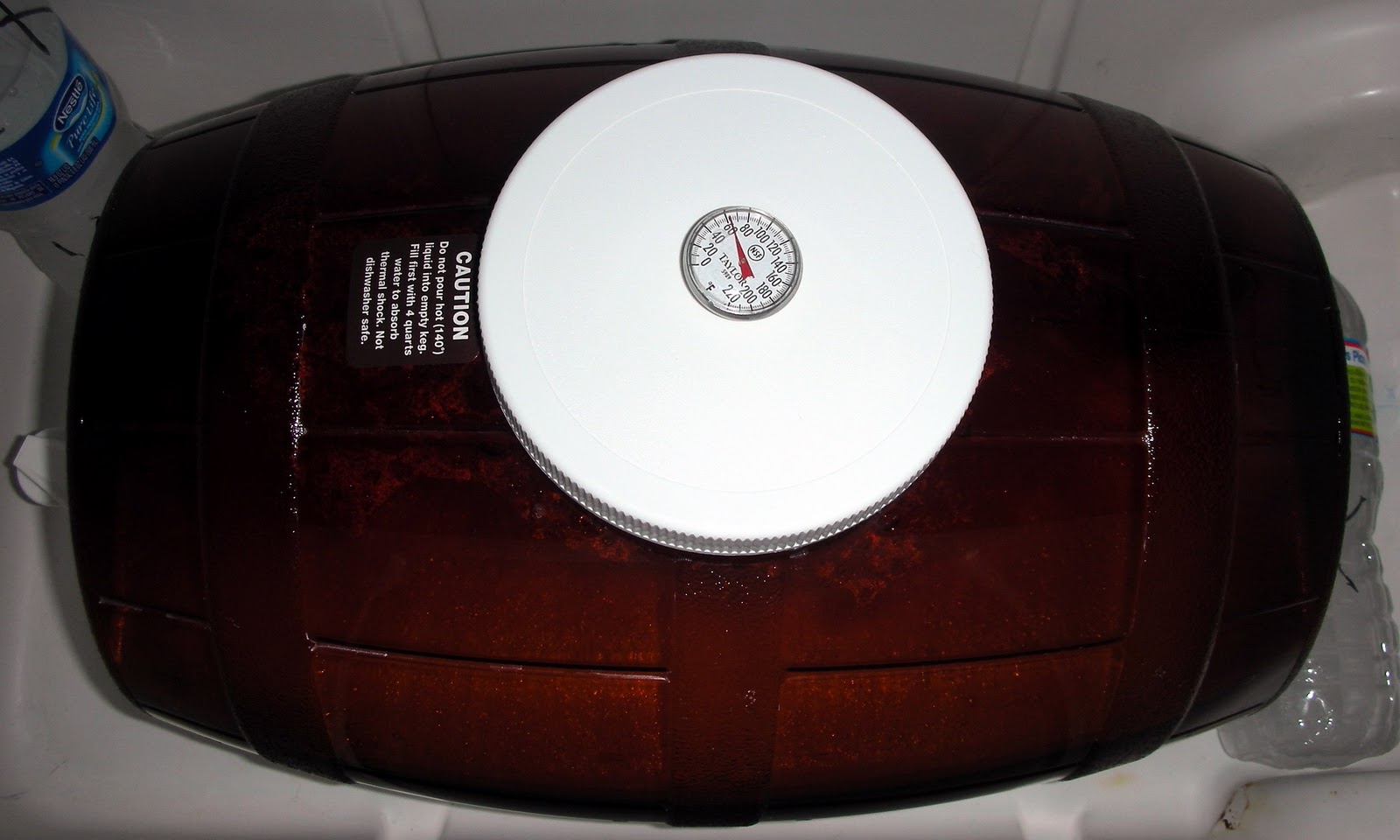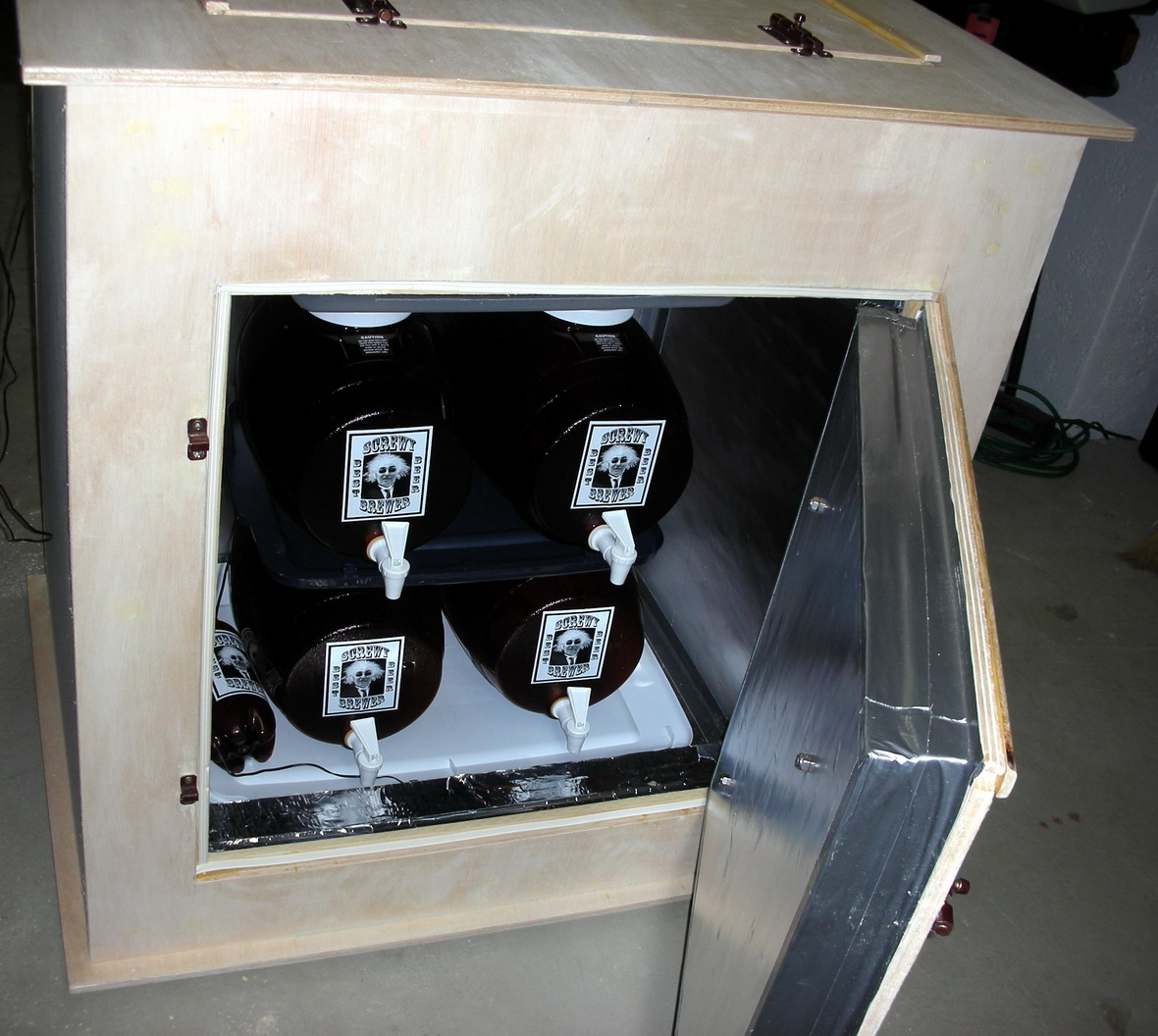It all depends on what you are looking for. If you want to stress the Ester characteristic of the yeast you can ferment warmer up to 70, 71, 72...etc. with dry strains. You have to be careful though because if you bring it up too warm you will have bottled fruit, or even worse higher alcohols which are just plain nasty in beer. Now, if you are using any one of the Belgian strains what you can do is start them cooler (low to mid 60's) and then bring them up as the ferment progresses. You can even bring them up past the 80's

. But when to do this comes only with experience....so only do so when appropriate (like when brewing a Dubbel, Tripel, etc) and only when you feel comfortable you know what the yeast is doing.
Now on the other side of the coin...you can push your temps way way down (even past the 'recommended' temperature from the manufacturer...same going upwards) but you risk a very slow or stalled ferment. Which is really not a terribly big deal, as a day in a warmer temperature will help get things back on track. The plus side to this is that you get a 'cleaner' flavor profile...in other words you really don't taste the yeast profile so much as you do the malt and hops. But this is
very dependent on the strain of yeast be used. You can push some yeasts up higher without affecting the 'clean' taste (Nottingham seems to be fairly good at this) so going colder won't do terribly much different, however in some recipes you'll notice. It is all trial and error once you begin playing with these things. But that's pretty much the rule of thumb.
Bottom line though, is to err on the side of colder. You rarely get off flavors from fermenting cold, I imagine it could happen if the strain is stressed but I have not experienced this. I have experienced some undesirable characteristics from fermenting too warm too soon when pushing strains though.




